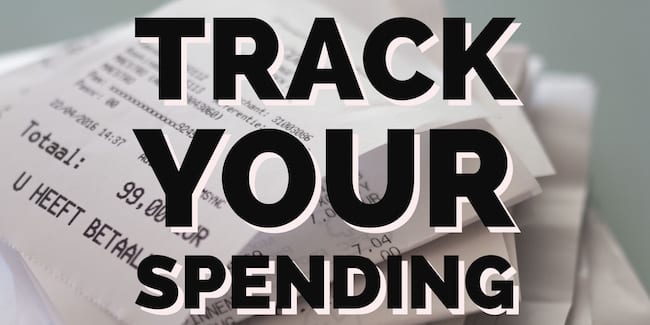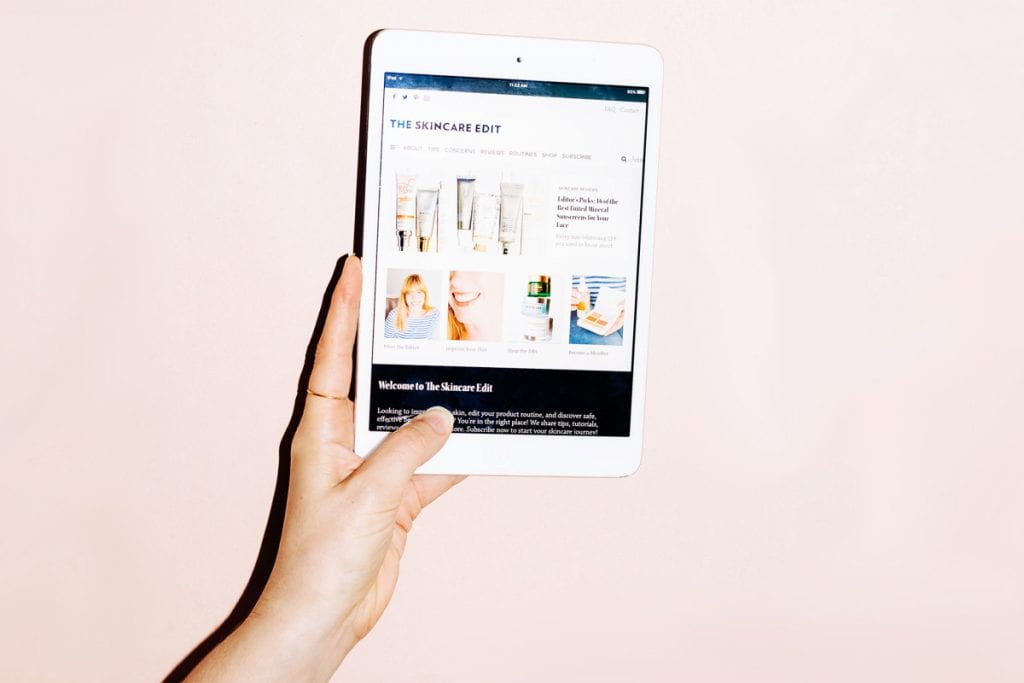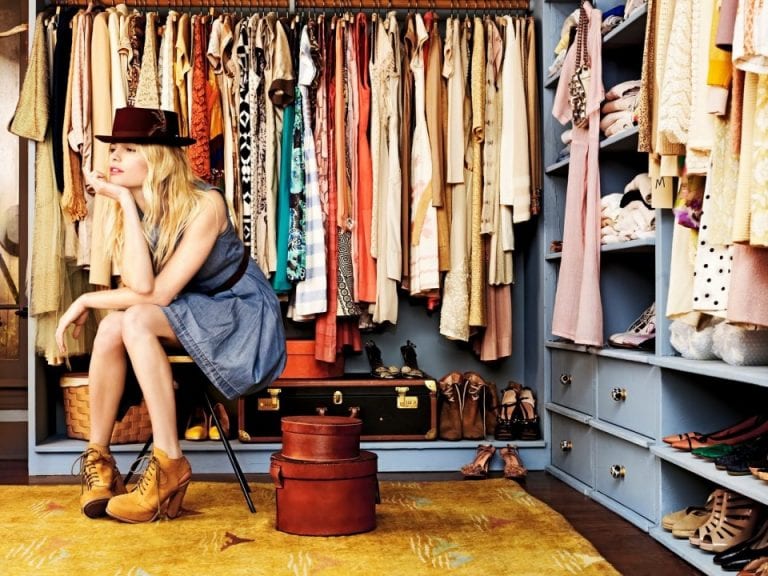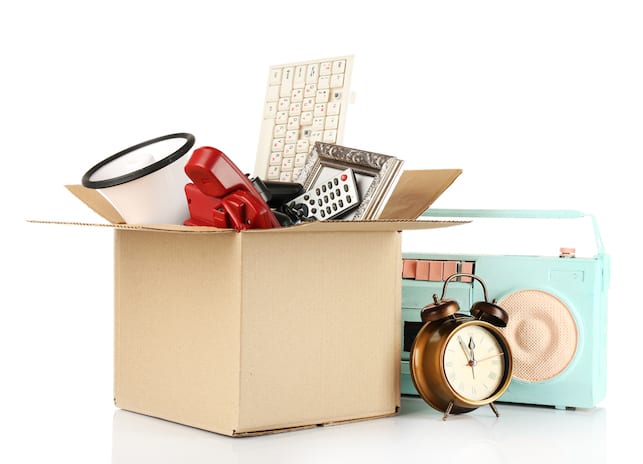Unless you’re living in a cave somewhere in, I don’t know, rural Alaska, far, far from civilization, you’ve probably noticed that our economy is in the crapper. And despite last week’s presidential election of Barack Obama and his message of change and hope, it will take some time before things stabilize and we’re back on track. In the meantime, many of us are choosing to embrace our inner recessionistas, shunning the big-budget shopping sprees and pricey meals out that we may have enjoyed in the past in favor of clothing swaps and cozy dinner parties in. But quaint as all that sounds, it isn’t always easy to go from spendista to recessionista, to save for a rainy day instead of splurging on a cute, new pair of Wellies the second we spot anything less than clear blue skies. After the jump, a few tips to try in the next 30 days to help you find your own inner recessionista and jump start a new lifestyle of living large, but spending small.
Contents
1. Write a Budget

Any recessionista worth her weight in sale sweaters knows the key to maintaining her lifestyle is to keep a budget. To start, write down your monthly income and the amount you’d like to “pay yourself,” or put towards savings. It helps to think about what you’re saving for—an emergency fund, a house, Christmas gifts—and to set a goal. Write down all your expenses, and decide what you can spend on “luxuries,” like shopping, dining out, and beauty treatments after you pay your fixed expenses and yourself.
2. Track Your Spending

After you’ve created a budget, you’ll want to track your spending for a month to see how closely you keep to it and where you may still need to pull your purse strings a little tighter. There are plenty of online systems you can use to track your money, like the popular Mint, as well as Yodlee, Wesabe, and Quicken Online, but when I did this a few months ago, I used a pen and notebook. Tracking your spending will illuminate your expensive habits, like that $5 morning latte, and help you decide what luxuries are most important and which ones need to be kicked to the curb.
3. Edit Your Beauty Routine

As you track your spending, take a look at how much money goes to expensive beauty products and treatments that you could skip completely, cut down on, or do yourself at home. Ladies, it’s not even sandal season anymore, so I think you can DIY your bi-weekly pedicure for a while. Also, go an extra two weeks between haircuts, and consider hitting a beauty school for a bang trim or color treatment. Swap your high-priced products for budget-friendly ones—you’d be surprised how well they work. I recently traded in my Philosophy facial cleanser for the much cheaper Cetaphil, and, honestly, my skin hasn’t looked this good in years.
4. Edit Your Closet

In addition to editing your beauty routine, take some time in the next 30 days to edit your closet. This means pulling out every single item and being really honest with yourself about what no longer fits and what you know you’ll never wear. In the process, you’ll find clothes and accessories shoved in the back that you forgot you even had. Move those items to the front of the closet and enjoy the newness of them all over again. It’s the high of shopping without the hefty price tag or buyer’s guilt and remorse.
5. Sell Your Stuff

After editing your closet, assess the value of the stuff you want to get rid of. Anything still in good condition can be sold at a garage sale, a consignment shop, or online at sites like Craigslist and eBay. Most consignment shops will give a store credit in exchange for the items you’d like to sell, so you could even get some new-to-you clothes, without spending a dime. Earnings made elsewhere should be applied to your monthly budget or put towards savings.
6. Shop Secondhand

I’ve said it once before, and I’ll say it again: There’s cool stuff to be found secondhand … and for cheap! Sometimes all you need is a belt, a scarf, or a chunky necklace to make an old outfit new and fresh, and what better place for a recessionista to find charming, inexpensive accessories than flea markets, garage sales, thrift stores, Craigslist, and eBay? Once you’ve been initiated with some smaller purchases, move on to clothing. Just remember that if you’re buying secondhand online, measure yourself first and check the measurements of a garment before you purchase it. For comfort, add 2”-3” to your bust, ½” – 1” to your waist, and 2” to your hips.
Original By Wendy Atterberry
